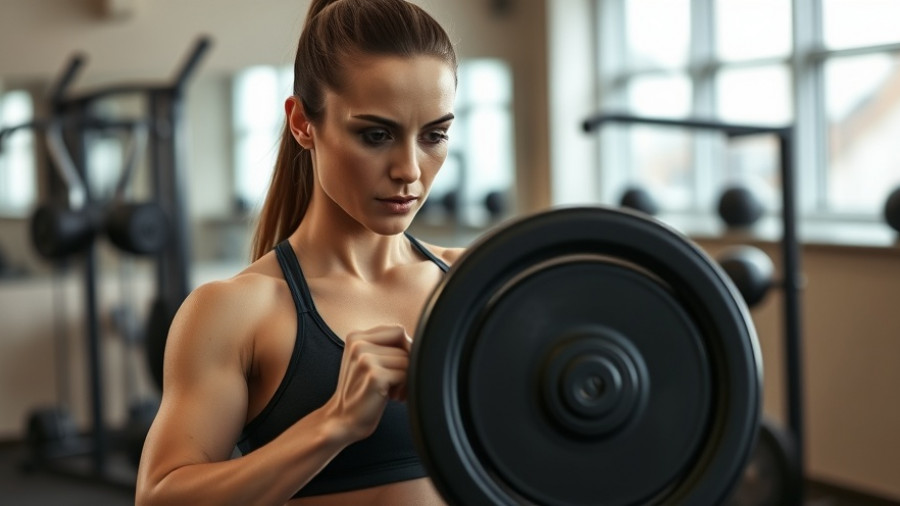
Unveiling the Link Between Mitochondrial Health and Type 2 Diabetes
Recent research led by Pennington Biomedical Research Center has surfaced crucial findings regarding the impact of cellular quality control on insulin resistance in patients suffering from Type 2 Diabetes (T2D). This groundbreaking study highlights the often-overlooked role of mitochondrial dynamics, particularly focusing on deubiquitinating enzymes (DUBs) and their influence on skeletal muscle quality control.
The Role of Mitochondrial Dynamics
Mitochondria, often described as the powerhouses of the cell, are essential in converting nutrients into energy. In individuals with T2D, dysfunctional mitochondria may impair muscle capability to utilize insulin, leading to increased insulin resistance. The study elucidates how DUBs play a significant role in regulating this mitochondrial health within skeletal muscle. When the normal process of removing damaged mitochondria, known as mitophagy, falters, the cells adopt a survival strategy: they fragment mitochondria into smaller pieces. This adaptation helps to sustain muscle function and insulin sensitivity despite the challenges posed by diabetes.
Adaptation Mechanism: Mitochondrial Fragmentation
Dr. John Kirwan, the study’s lead investigator, emphasizes that while impaired mitophagy aggravates the condition, the body's response to fragment mitochondria allows for some degree of metabolic stability. This innovative adaptation is critical in the context of diabetes management and showcases how our bodies can react resiliently to metabolic disturbances. Furthermore, the study points to DUB antagonists as potential therapeutic agents in future diabetes treatments, indicating that modulating mitochondrial dynamics could be pivotal in improving insulin sensitivity.
Future Directions in Diabetes Research
The findings from this research not only enhance our understanding of the relationship between mitochondrial function and insulin resistance but also pave the way for novel treatment strategies aimed at reversing T2D. For healthcare practitioners, fitness coaches, and tech professionals involved in health interventions, these insights offer a fresh perspective to incorporate into diabetes management protocols.
The revelations about mitochondrial health might inspire the development of more targeted nutritional strategies or innovative fitness regimens designed to enhance mitochondrial function. Given the complexities of T2D, this vibrant intersection between cellular biology and practical health applications reinforces the need for holistic approaches in both treatment and preventive care.
 Add Row
Add Row  Add
Add 




Write A Comment